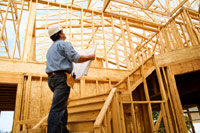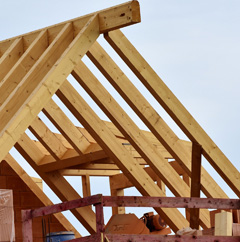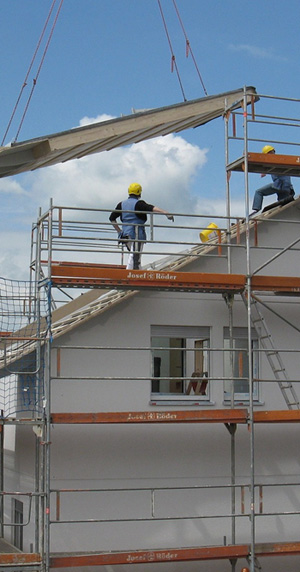 Energy Efficiency
Energy Efficiency
With the surge in interest in energy efficient homes, there is a host of information about energy technologies and standards in new home construction. Topics include proper insulation, high performance windows, heating and cooling systems, hot water usage, the home’s foundation, and the use of energy efficient appliances.
High performance building products and technologies not only offer benefits such as lower energy costs, heating and cooling bills through increased energy efficiency, a quieter and more comfortable living space, but they also help the environment. They can also save homeowners money through tax credits and additional incentives offered by local utility companies.
ENERGY STAR® qualified homes are independently verified to be at least 30% more energy efficient than homes built to the 1993 national Model Energy Code, or 15% more efficient than a state’s energy code, whichever standard is more rigorous. These energy savings are based on heating, cooling, and hot water use and are achieved through a combination of building envelope upgrades, high performance windows, controlled air infiltration, upgraded heating and air conditioning systems, duct systems and upgraded water-heating equipment. To learn more about the Energy Star program and participating builders, access www.energystar.gov.
 Energy and Environmental Building Association is an organization that strives to provide education and resources to transform the residential design, development and construction industries to profitably deliver energy efficiency and environmentally responsible buildings and communities. They have substantial consumer resources for both new construction and existing homes covering everything from the building envelope to heating and cooling, lighting, appliances, and the indoor environment. www.eeba.org
Energy and Environmental Building Association is an organization that strives to provide education and resources to transform the residential design, development and construction industries to profitably deliver energy efficiency and environmentally responsible buildings and communities. They have substantial consumer resources for both new construction and existing homes covering everything from the building envelope to heating and cooling, lighting, appliances, and the indoor environment. www.eeba.org
The National Fenestration Rating Council is a non-profit organization that administers an independent rating and labeling system for the energy performance of windows, doors, skylights, and related products. Their goal is to provide fair, accurate, and reliable energy performance ratings so that builders, homeowners, architects, code officials, and contractors can compare products and make informed product choices. The window, or fenestration, industry has developed a host of new energy efficient technologies such as low-e coatings, low-conductance spacers, and gas fills. Learn about these and the work of the NFRC at www.nfrc.org.


